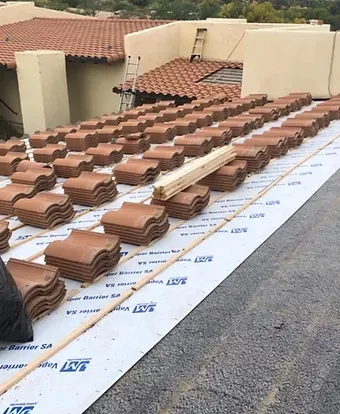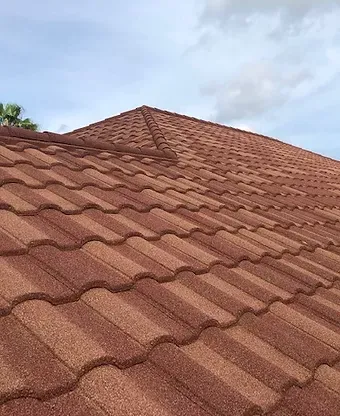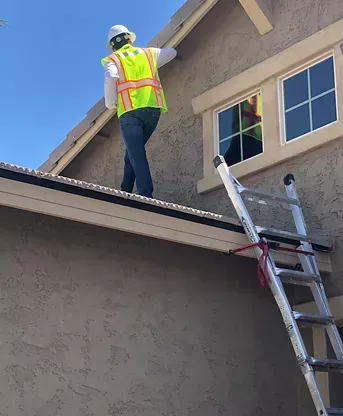The Advantages of Metal Roofing for Homes and Businesses

What is Metal Roofing?
Metal roofing is a durable and versatile roofing solution that has gained significant popularity in recent years for both residential and commercial properties. Unlike traditional roofing materials such as asphalt shingles or wood, metal roofing is made from robust materials like aluminum, steel, copper, and zinc. These materials are engineered to provide long-lasting protection against the elements while offering a sleek, modern aesthetic.
There are several types of metal roofing to choose from, each with its unique benefits. Aluminum is lightweight and resistant to corrosion, making it ideal for coastal areas. Steel, often galvanized or coated with a protective layer, is known for its strength and affordability. Copper, while more expensive, offers unmatched beauty and can develop a natural patina over time. Zinc is another premium option, prized for its self-healing properties and sustainability.
Metal roofing is used in a variety of applications, from residential homes to commercial buildings, agricultural structures, and even industrial facilities. Its adaptability to different architectural styles and climates has made it a go-to choice for property owners looking for a reliable and aesthetically pleasing roofing solution.
Durability and Longevity
One of the most compelling reasons to choose metal roofing is its exceptional durability and longevity. Unlike traditional roofing materials, metal roofs are designed to withstand extreme weather conditions, including high winds, heavy rain, hail, and snow. Many metal roofing systems are rated to endure wind speeds of up to 140 miles per hour, making them an excellent choice for areas prone to hurricanes or tornadoes.
When it comes to lifespan, metal roofing far outperforms alternatives like asphalt shingles, which typically last 15-20 years. A properly installed metal roof can last 40-70 years or more, depending on the material. For example, copper and zinc roofs can last over a century with minimal maintenance. This longevity translates to fewer replacements and lower long-term costs.
Additionally, metal roofs require minimal upkeep. Unlike shingles that may crack, curl, or lose granules over time, metal roofing resists common issues like rot, insect damage, and mold growth. Routine maintenance typically involves simple tasks like clearing debris and checking for loose fasteners, making it a hassle-free option for homeowners and business owners alike.
Energy Efficiency and Sustainability
Metal roofing is not only durable but also highly energy-efficient, making it an environmentally friendly choice for modern construction. One of its standout features is its ability to reflect solar heat, reducing the amount of heat absorbed by the building. This reflective property, often enhanced by specialized coatings, can lower cooling costs by up to 25%, especially in hot climates.
Metal roofs are also compatible with energy-efficient technologies like solar panels. Their sturdy surface provides an ideal foundation for mounting solar systems, allowing property owners to further reduce their energy bills and carbon footprint. Some metal roofing systems even come with integrated solar panel options, streamlining the installation process.
From an environmental perspective, metal roofing is a sustainable choice. Most metal roofing materials are made from recycled content, and at the end of their long lifespan, they are 100% recyclable. This reduces landfill waste and conserves natural resources, aligning with green building practices. By choosing metal roofing, property owners can contribute to a more sustainable future while enjoying significant energy savings.
Cost-Effectiveness Over Time
While the initial cost of metal roofing may be higher than traditional options like asphalt shingles, its long-term cost-effectiveness makes it a smart investment. The durability and longevity of metal roofing mean fewer replacements and repairs over the years, saving property owners thousands of dollars in maintenance costs.
Metal roofs also offer financial benefits through lower energy bills, thanks to their reflective properties and compatibility with solar panels. Additionally, many insurance companies offer discounts on premiums for properties with metal roofs due to their fire resistance and ability to withstand severe weather. These savings can offset the upfront investment, making metal roofing an economically sound choice.
Another advantage is the value metal roofing adds to a property. Homes and businesses with metal roofs often have higher resale values, as buyers recognize the benefits of a durable, low-maintenance, and energy-efficient roofing system. This makes metal roofing not just a practical choice but also a financially rewarding one.
Aesthetic Versatility
Gone are the days when metal roofing was limited to industrial or utilitarian designs. Today, metal roofing offers a wide range of styles, colors, and finishes to suit any architectural aesthetic. Whether you prefer the classic look of standing seam panels, the rustic charm of metal shingles, or the elegance of copper or zinc, there’s a metal roofing option to match your vision.
Customization options abound, allowing property owners to choose from various textures, coatings, and profiles. For residential properties, metal roofing can mimic the appearance of traditional materials like slate, tile, or wood, providing the desired look without sacrificing durability. For commercial buildings, sleek and modern designs can enhance the structure’s visual appeal and brand image.
Metal roofing also enhances curb appeal, making it an attractive feature for potential buyers or tenants. Its clean lines and vibrant colors can complement any design style, from contemporary to traditional, ensuring that your property stands out for all the right reasons.
Weather Resistance and Safety
Metal roofing is renowned for its ability to withstand extreme weather conditions, making it a reliable choice for properties in areas prone to harsh climates. Its interlocking panels and secure fasteners provide superior protection against leaks and water damage, even during heavy rain or snowstorms.
One of the standout safety features of metal roofing is its fire resistance. Unlike wood or asphalt shingles, metal does not ignite, providing an added layer of protection for your home or business. This fire-resistant property is particularly valuable in wildfire-prone regions, where embers can easily ignite traditional roofing materials.
In addition to fire safety, metal roofing performs exceptionally well in extreme weather events. Its ability to shed snow and ice prevents the buildup that can lead to structural damage, while its resistance to hail minimizes the risk of dents or punctures. For property owners seeking peace of mind, metal roofing is a dependable choice.
Installation and Maintenance
Installing a metal roof is a specialized process that requires professional expertise to ensure optimal performance and longevity. While the installation may take longer than traditional roofing methods, the results are well worth the investment. Professional installers will ensure that the panels are properly aligned, fastened, and sealed to prevent leaks and maximize durability.
Once installed, maintaining a metal roof is relatively simple. Regular inspections to remove debris, check for loose fasteners, and clean the surface are usually sufficient to keep the roof in excellent condition. It’s also important to address any minor issues promptly to prevent them from escalating into costly repairs.
Despite its low maintenance requirements, some misconceptions persist about metal roofing. For example, many people believe that metal roofs are noisy during rainstorms, but modern designs include insulation and underlayment that minimize noise. By understanding the facts, property owners can make informed decisions about this high-performance roofing option.
Environmental Impact and Green Building Certifications
Metal roofing plays a significant role in sustainable construction practices, contributing to green building certifications like LEED (Leadership in Energy and Environmental Design). Its energy efficiency, recyclability, and use of recycled materials align with the principles of eco-friendly design, making it a preferred choice for environmentally conscious builders.
For example, a commercial building with a metal roof can earn LEED points for energy efficiency and sustainable material use. Similarly, residential properties with metal roofing can achieve certifications that enhance their marketability and appeal to eco-conscious buyers.
Case studies of eco-friendly projects often highlight metal roofing as a key component of sustainable design. From reducing energy consumption to minimizing waste, metal roofing supports a greener future while delivering practical benefits for property owners.
Comparing Metal Roofing to Other Roofing Materials
When compared to other roofing materials, metal roofing consistently stands out for its superior performance and value. Asphalt shingles, while affordable upfront, have a shorter lifespan and require frequent maintenance. Tile roofing offers durability but is heavy and prone to cracking. Wood shingles provide a natural look but are susceptible to rot, insects, and fire.
In contrast, metal roofing combines the best features of these materials—durability, longevity, and aesthetic versatility—without their drawbacks. While the initial cost may be higher, the long-term savings and benefits make metal roofing a superior choice for many homeowners and businesses.
Conclusion: Why Metal Roofing is a Smart Investment
Metal roofing offers a unique combination of durability, energy efficiency, aesthetic versatility, and sustainability, making it an excellent choice for both homes and businesses. Its long lifespan, low maintenance requirements, and ability to withstand extreme weather conditions provide unmatched value and peace of mind. For property owners looking to invest in a roofing solution that delivers long-term benefits, metal roofing is a smart and forward-thinking option.




